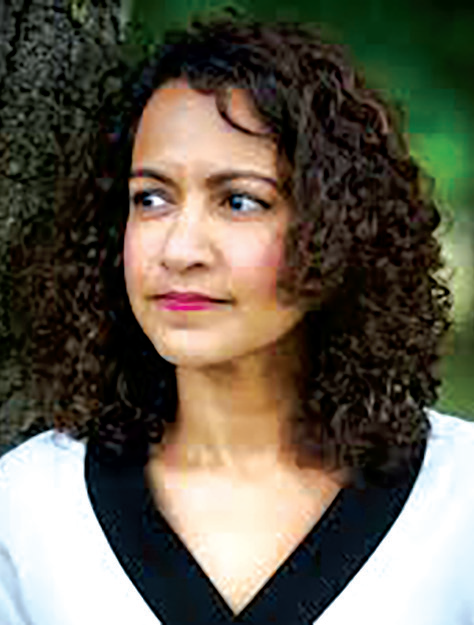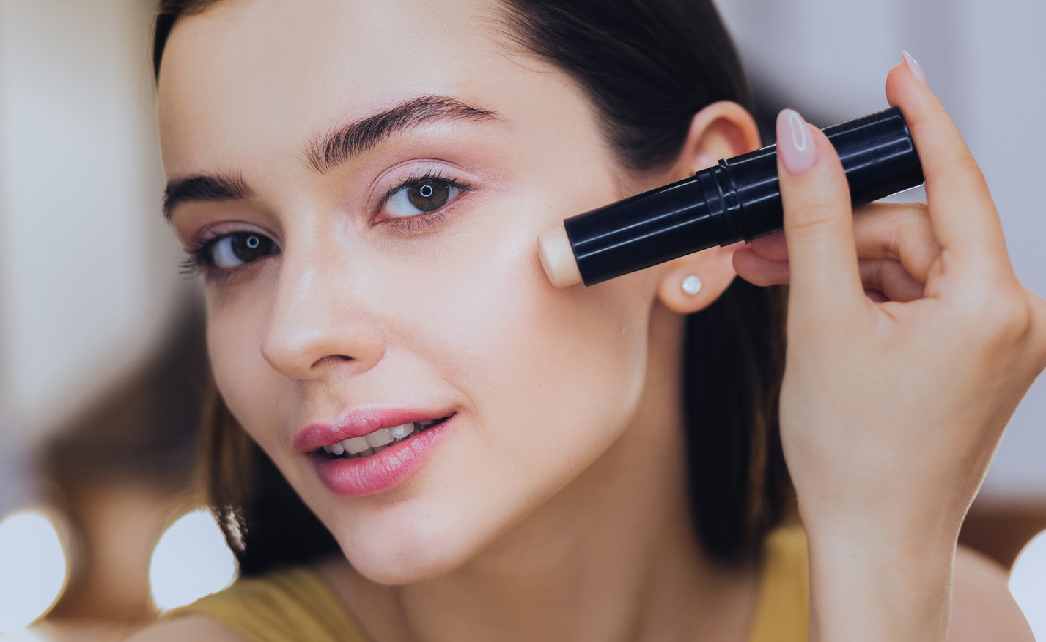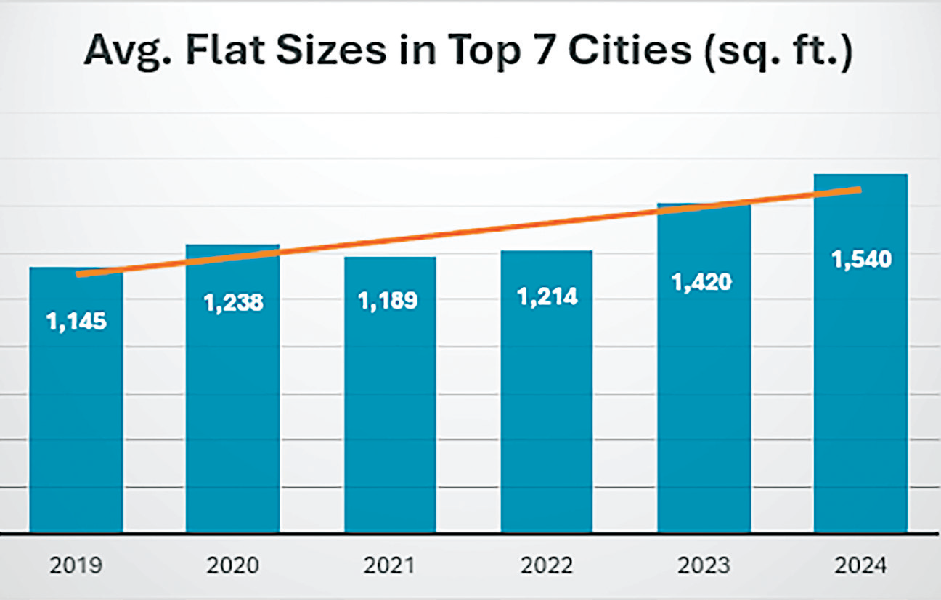
What you own or Why you own it?
We exist in a society that creates false value on owning more and having no time to use it. End this cycle of pursuit around you — go minimalist.
By Raksha Arun
The choices one makes build a muscle memory that will fundamentally change the way you live your life. Minimalism is a design or style in which the simplest and fewest elements are used to create the maximum effect. It originates with the artwork featuring simple lines, few colours, and careful placement of those lines and colours.
Interior designer Bhumika Garg feels that the principle behind minimalist design is to keep a space free: “Minimalism is characterised by austerity. It is all about omitting unnecessary details, focusing on more information, and embracing white space. Using neutral colours like whites, creams and pastels and flat surfaces that reflect light and make the room feel more spacious.”
More recently, it has become representative of a lifestyle that aims to remove clutter from all facets of life. One can benefit from applying minimalism in wherever you live -- a tiny home, a suburban house, or a mansion. Use minimalism as a guiding philosophy for an aesthetic design. “An uncluttered and peaceful environment is the most blissful feeling. After practising the art of minimalism, I have felt that my home environment is very hygienic now although the start was tough. Right from my garage to the bedroom everything seems to be in place now,” says Bhumika.
Contrary to what some people think, there aren’t any actual rules to minimalism nor an official board of minimalism to determine whether or not you’re doing it right. Minimalism truly looks different for everyone. “By letting go of the nonessentials one would have more time and space in their daily schedule to be more effective and efficient. I have started spending time with my family, reading three pages of a book and heading to bed early because of minimalist practises,” says Vasanthi.
There will always be a nicer dining table to buy, a bigger sofa, a larger home, and or more terrace furniture. It may seem like an overwhelming challenge at first, but as you untangle the life you built around owning more things, you’ll find the stress disappearing and the world starting to slow down.
How do you start with minimalism? Find one thing from your home which you think is an extra piece and remove it. By doing this you first tend to start the habit of decluttering. Gradually with time, the influx of new things coming in will stop.
Can minimalism actually be applied in real life? With no doubt, it is a yes. “The best lesson I have ever learnt was minimalist money management. It has helped me prioritise where my money is getting spent. We have to decide if spending a bigger sum on buying fewer things or having money to do what matters -- what makes us happier,” says Anand Shankar.
A vital element for having a minimalist outlay and decor in a room is having a lot of open space that maximises natural light to make the space look bright and feel airy. Embracing minimalism in all aspects of life has helped many in more intentional use of energy. From the decisions we make to not engaging in past stories that don’t serve us in a positive way. So go ahead, and drop the load.
 English daily published in Bengaluru & Doha
English daily published in Bengaluru & Doha






